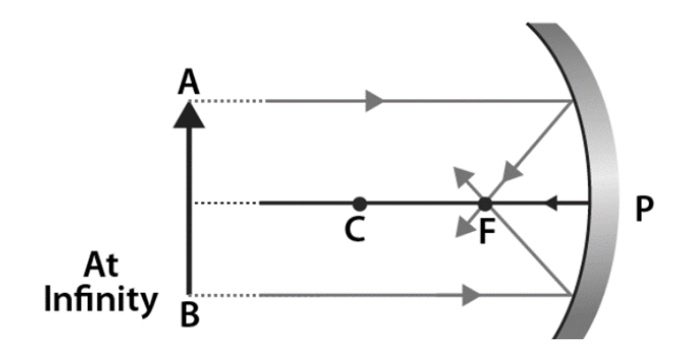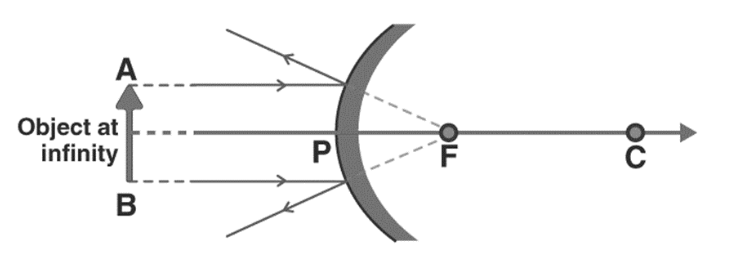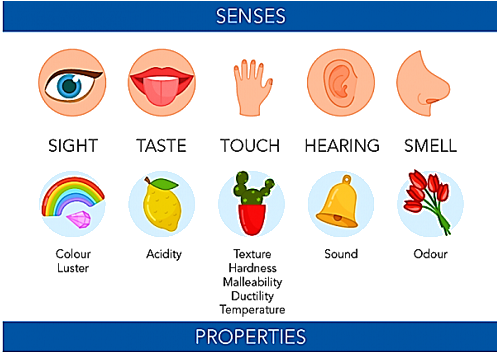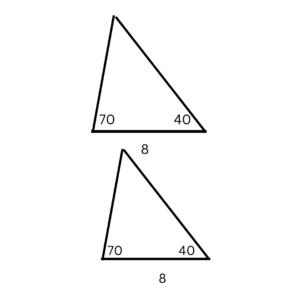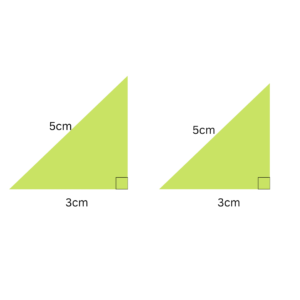Introduction
The three dimensions of a cuboid are known as the length, breadth, and height, and the volume of the cuboid depends on these parameters. As is the norm, the volume is measured either in cubic units of length like \({cm^3}\), \({m^3}\), etc., or we can measure the volume in units of litres and millilitres. The choice is a matter of convenience.
What is a Cuboid
A cuboid is a solid rectangular box with six faces, all of which are rectangles. The rectangles that lie opposite to each other are parallel while those that are adjacent intersect each other at right angles. You can think of a cuboid as a solid rectangle in three dimensions. The figure given below illustrates it better.
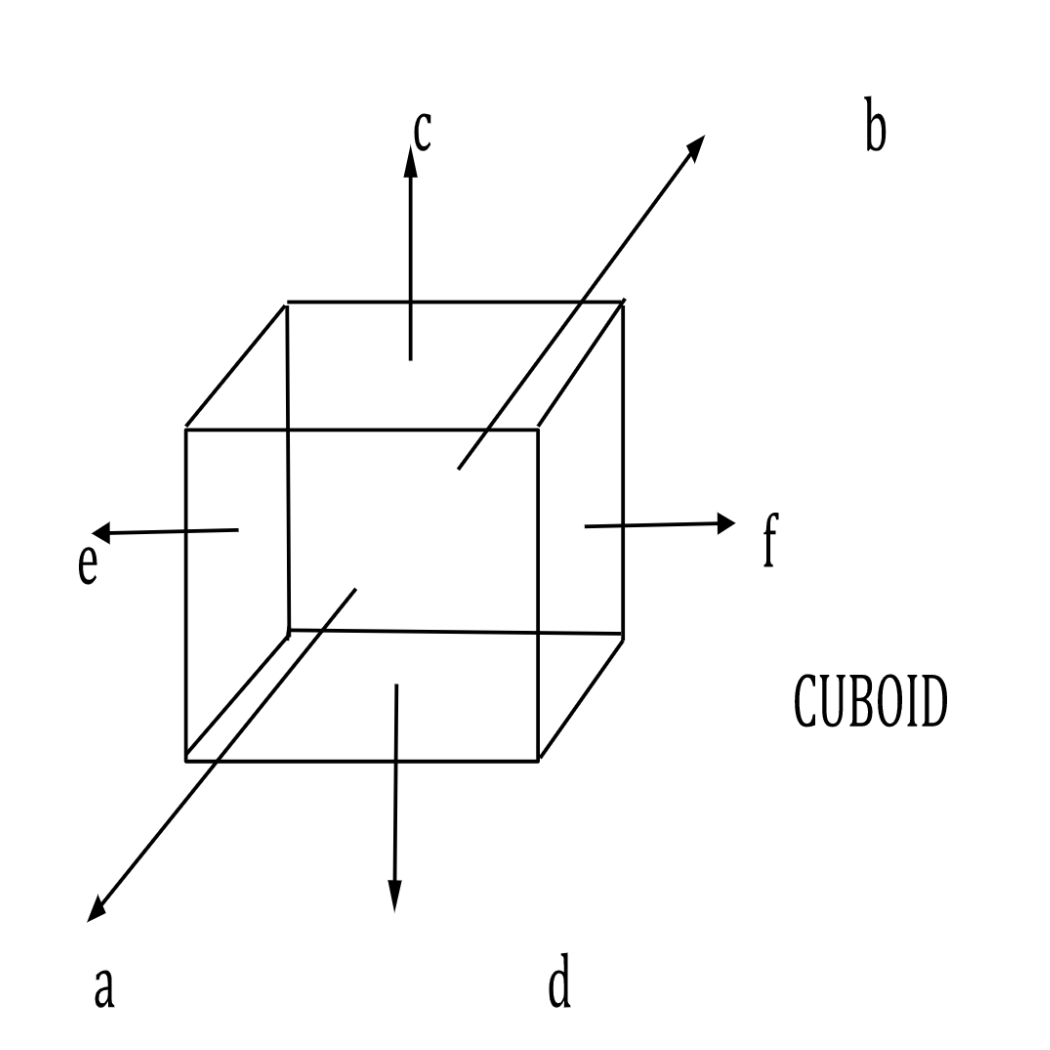
A cuboid
The cuboid shown above has six rectangular faces denoted as a, b, c, d, e, and f. The front and back faces, a and b respectively, are congruent rectangles that are parallel to each other. Likewise, the top and bottom faces, c and d respectively, lie parallel to each other and are congruent, just as the side faces e and f are parallel to each other.
What is the volume of a Cuboid?
As previously mentioned, the volume of a cuboid measures the space it occupies in three-dimensional space and is dependent on its dimensions. For a cuboid, the volume is simply the product of its length, breadth, and height. That is,
𝑉=𝑙𝑒𝑛𝑔𝑡h ×𝑏𝑟𝑒𝑎𝑑𝑡h× h𝑒𝑖𝑔h𝑡
This volume can be measured in any unit of volume like \({cm^3}\), litres, millilitres, etc. The figure given below shows the 3 dimensions.

Cuboid dimensions
Notice how this formula also means that the volume equals the area of the base times the height of the cuboid. Thus, calculation of the area of a cuboid is a fairly easy task. However, it must be noted that the units must be consistent while performing any calculations. If the dimensions aren’t provided in the same units, we can end up with skewed and wrong results.
Also Read: How to Calculate the Volume of a Sphere
Solved Examples
1. A cuboid has dimensions 10 cm x 5 cm x 4 cm. Find its volume.
Solution
Given length = 10cm, breadth = 5cm, and height = 4cm.
We have the formula for the volume, which says that 𝑉=𝑙𝑏h
. And since all measurements are provided in cm3 only, no unit conversions are required. Therefore,
𝑉=𝑙𝑏h
𝑉=10×5×4
𝑉=200 \({cm^3}\)
Therefore, the volume of the cuboid is 200 \({cm^3}\).
2. Given a cuboid with length, breadth, and height of 7m, 300cm, and 2m respectively, find its volume in cubic metres.
Solution
Given length = 7m, breadth = 300cm, and height = 2m, we need to calculate the volume. However, this time, one of the dimensions is provided in centimetres instead of metres and we will need to convert it before applying the formula. We know that
1 𝑚=100 𝑐𝑚
∴300 𝑐𝑚=3 𝑚
Now we can apply the formula we have.
𝑉=𝑙𝑏h
𝑉=7×3×2
𝑉=42 \({m^3}\)
Word Problems
1. How much water can be poured into a cuboidal tank that is 6m long, 5m wide, and 3m high?
Solution
Given length = 6m, breadth = 5m, and height = 3m. All units are consistent, and we can directly apply the formula. Thus,
𝑉=𝑙𝑒𝑛𝑔𝑡h× 𝑏𝑟𝑒𝑎𝑑𝑡h × h𝑒𝑖𝑔h𝑡
𝑉=6×5×3
𝑉=90 \({m^3}\)
Therefore, the volume of the tank is 90 \({m^3}\).
Summary
This tutorial discussed the cuboid shape and its volume. We learned that the volume of a cuboid is simply the product of its dimensions, which include the length, breadth, and height.
Frequently Asked Questions
1. What is the shape of the face of a cuboid and how many faces does a cuboid have?
A cuboid is a solid rectangle, and it has six faces. Pairs of opposite faces are congruent to each other.
2. What is the difference between a cube and a cuboid?
A cube is a special type of cuboid whose length, breadth, and height are all equal, i.e., it has square faces. On the other hand, a cuboid has rectangular faces with differing length, breadth, and height.
3. What is the difference between the volume of a cube and the volume of a cuboid?
There isn’t much difference in the way volumes are calculated for the cube and the cuboid. In fact, the formula for the volume of a cube is 𝑉= \({a^3}\)
, which is basically the same as that for the cuboid since here, the length, breadth, and the height are all equal to a.
4. How many sides, faces, and vertices are there in a cuboid?
A cuboid has 12 sides, 6 faces, and 8 vertices.

